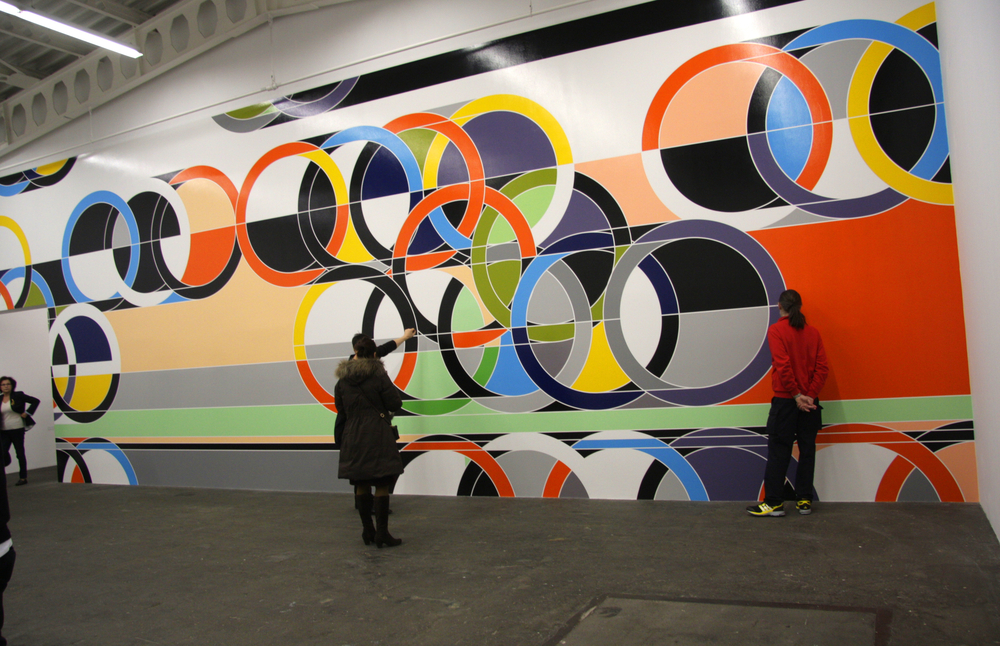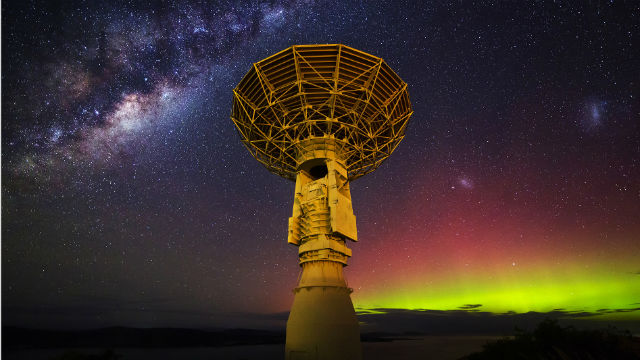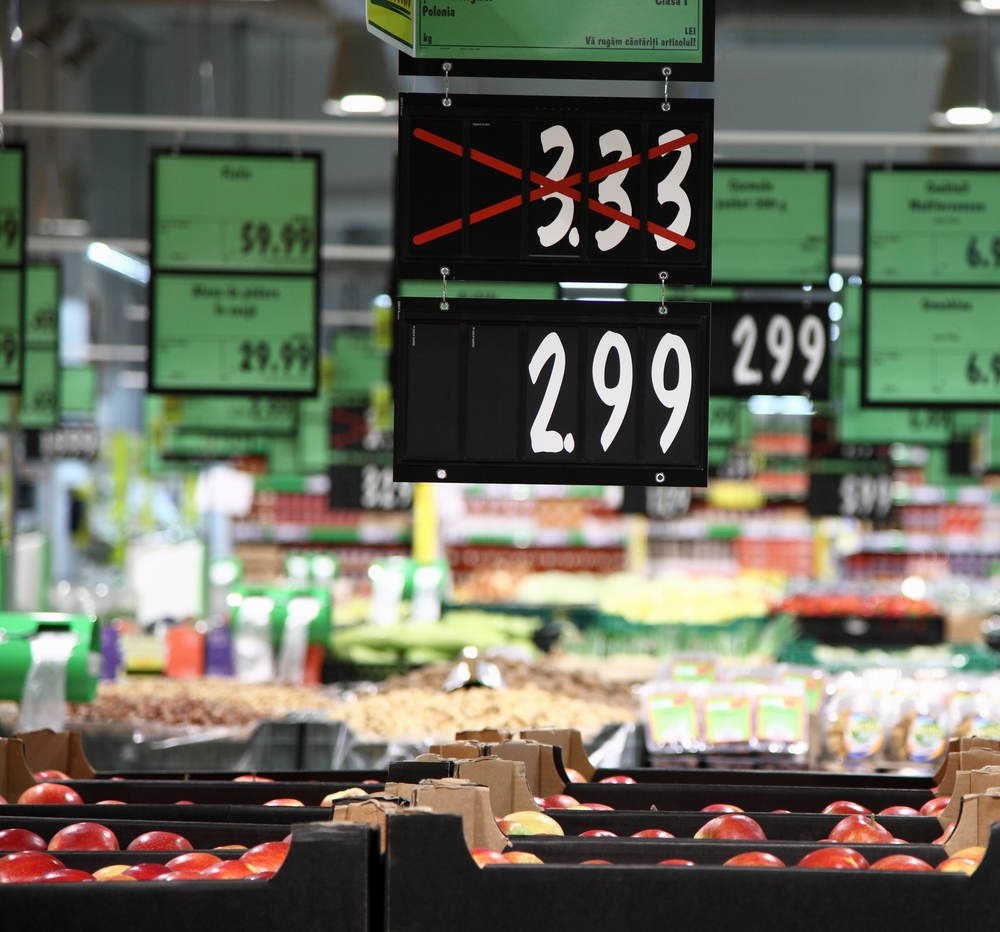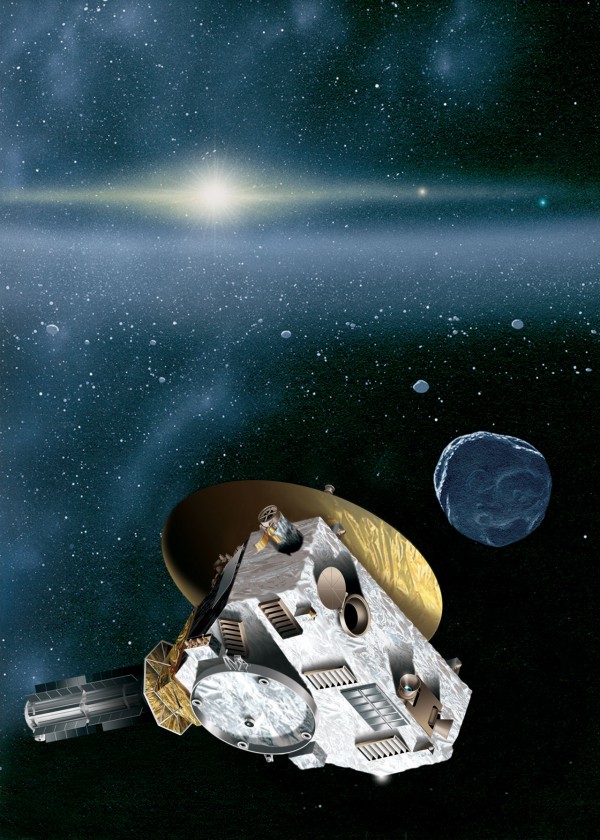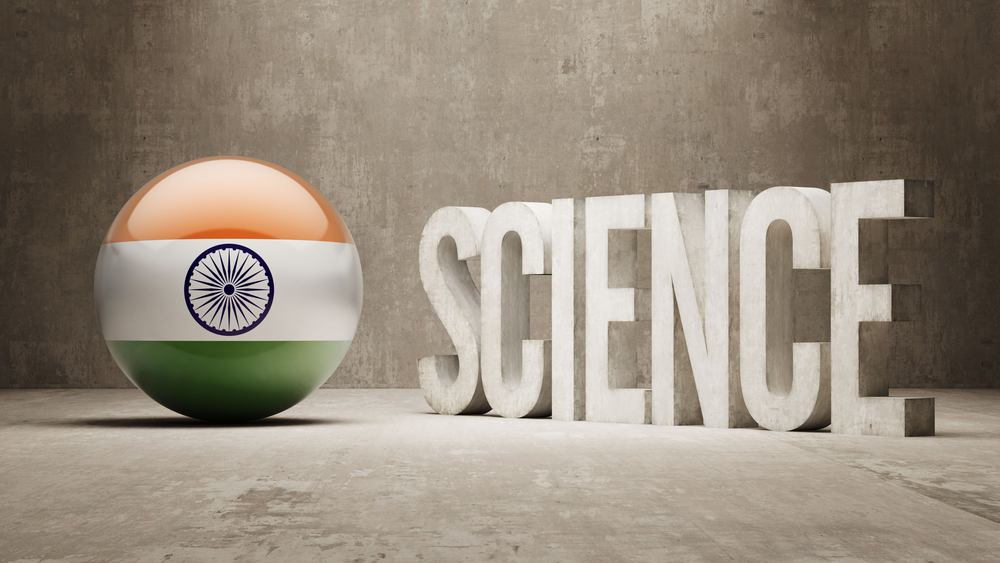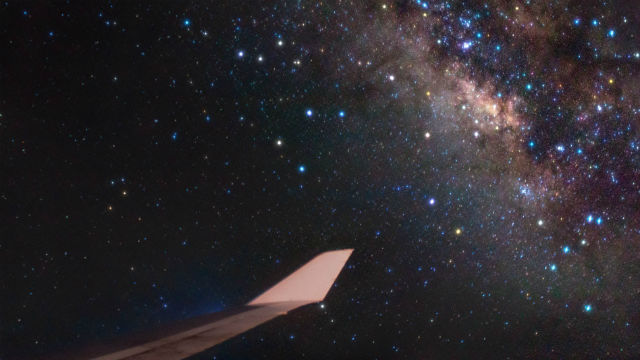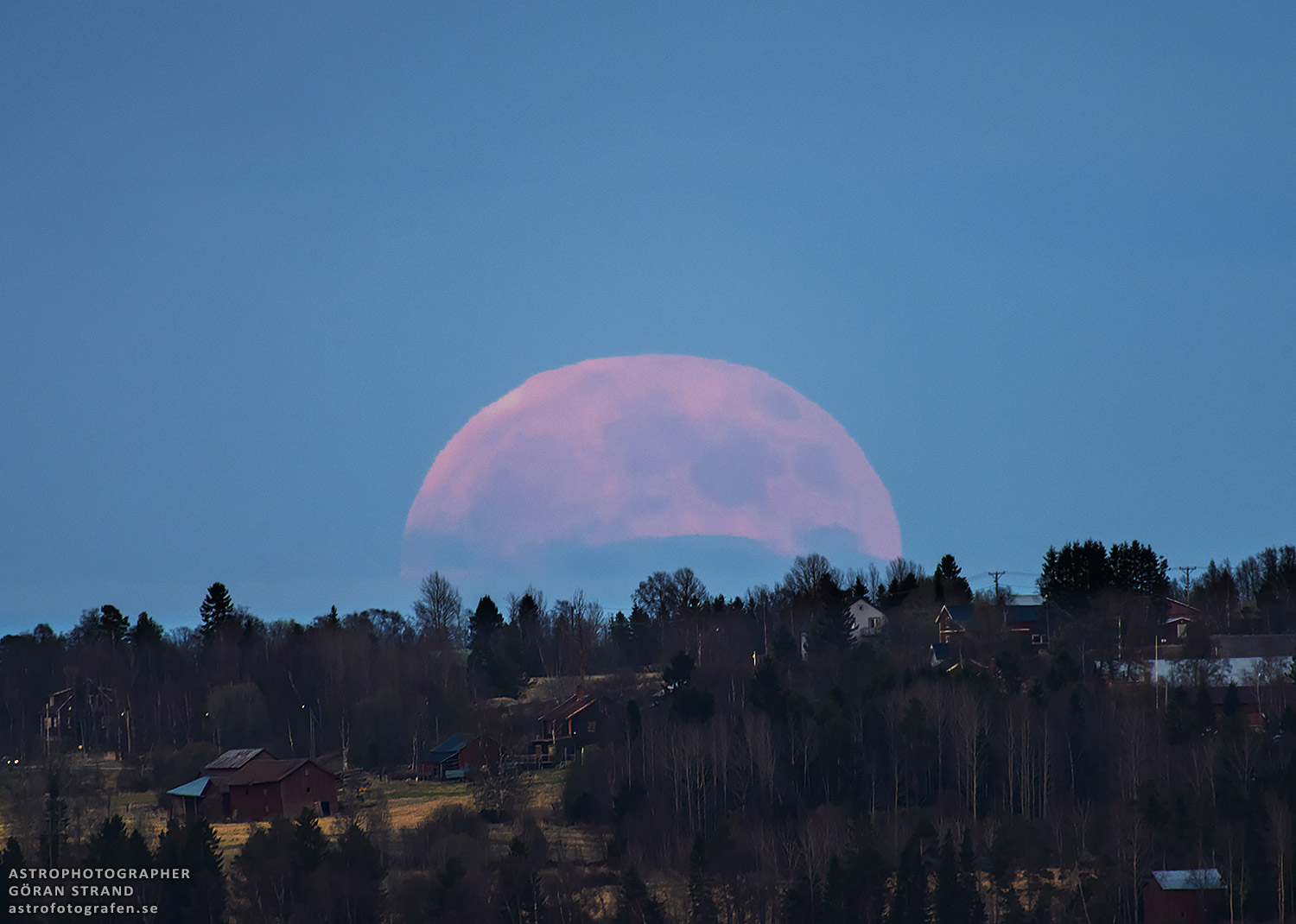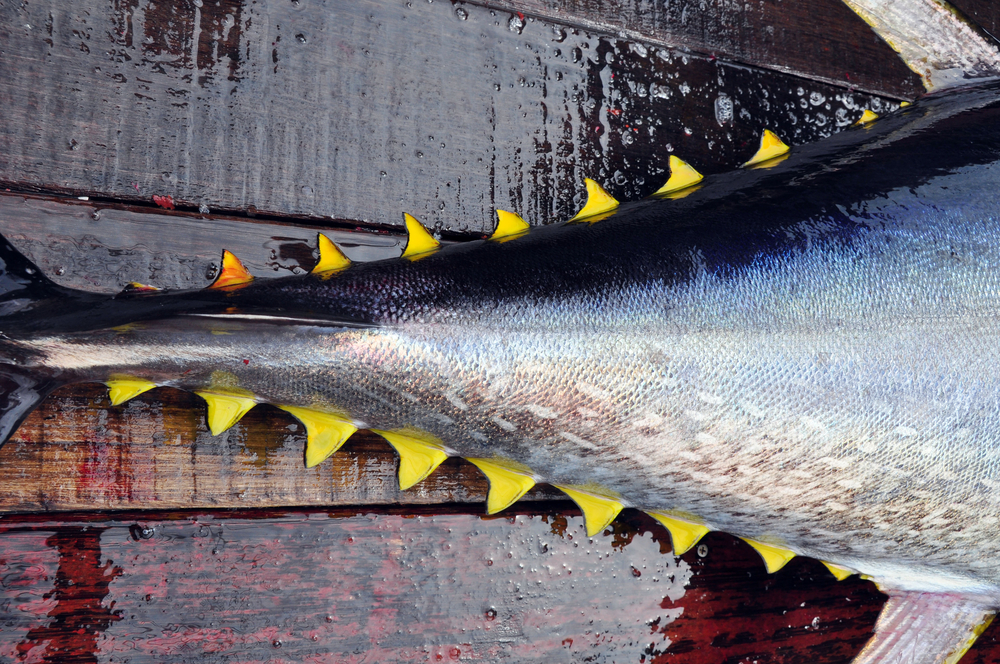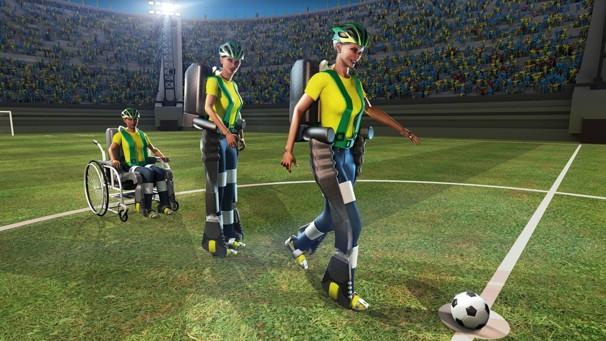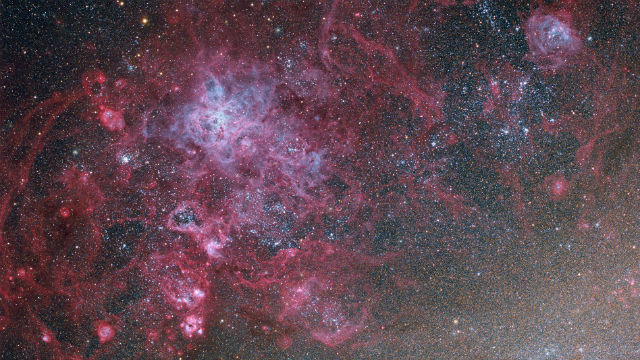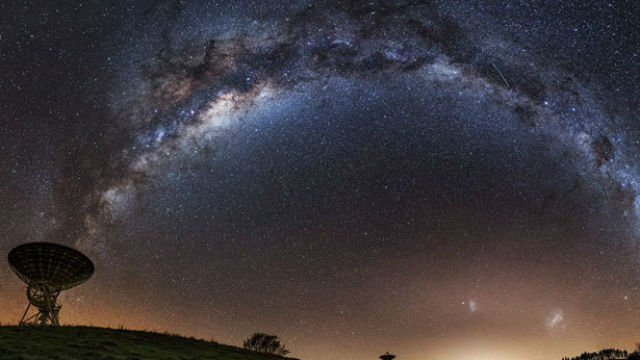Surprising Science
All Stories
The marketplace of ideas would be a lot stodgier and less fluid—and more dangerously larded with lies—if it weren’t for humor. As Jon Stewart and Stephen Colbert show night after […]
PETA ruffled feathers last month with a misleading ad campaign that suggested consumption of dairy products led to autism. The organization, already widely derided for its sensationalism, has an uphill road to climb if it ever wants to be taken seriously again.
Online advertising company Ultramercial is currently suing video streaming company Hulu, “alleging that Hulu violates its patent on forcing viewers to watch a commercial before playing copyrighted content.”
I’ve just discovered what might just be my new favorite lecture on Youtube. Pseudonymous philosopher Sisyphus Redeemed describes a sample of the many ways we have been wrong throughout history […]
The revamped Cooper Hewitt Smithsonian Design Museum in New York features a new take on museum-going: an open-ended interactive layout that lets visitors create their own experience. Is the pro-active museum experience a sign of the future or merely a passing trend?
Over a decade of violence and war across the globe has resulted in over 50 million displaced people. With few of them able to return home, the international community must make strides to tackle the crisis before it gets worse.
http://develop.bigthink.com/admin/text_ideas/new?blog=1000-words
NASA released this stunning image today. From NASA: The central bulge of our Milky Way Galaxy rises above a sea of clouds in this ethereal scene. An echo of the […]
Scientists at a Canadian research center will soon test their theory of how to overcome the blood-brain barrier (BBB), a biological feature which protects the brain from toxins in the blood but also prevents beneficial medicines from reaching the brain.
Nebulas are the Rorschach tests of the cosmos. Do you see a cat’s paw in this image? NASA researchers did. That’s how this one got its name. From NASA: Nebulas […]
In the 1930s, we spent one quarter of disposable income on feeding ourselves. In the 1950s, it was about one-fifth. Now, it’s about a tenth.
A California father who doggedly pursued a genetics company for his son’s DNA profile is the first to have completed the sequencing of a baby’s genetic makeup before the infant was born.
New techniques for breeding animals are emerging which scientists, farmers, and the public hope will provide the animals with more humane conditions. On the chopping block, so to speak, is the “gestation crate.”
NASA’s Hubble Space Telescope is on the hunt for an icy world just beyond Pluto. The speedy New Horizons spacecraft will be visiting Pluto next year, and NASA scientists are […]
“Brazilian beach culture is unique – beautiful tanned bodies, cool tattoos, and… skin cancer.” Skin cancer is the most prevalent form of cancer in Brazil – more than breast and […]
New technology in the dental field will give patients an all new reason to smile. Scientists in London have unveiled new pain-free, self-repairing fillings to treat tooth decay.
Playwrights and theatre professionals across the country are fed up with the lack of diversity among writers produced on the American Stage. These activists are armed with years of pent up frustration… and lots and lots of data. But what strategies should they take to accomplish their goal?
CAMBRIDGE – There is nothing better than fuzzy language to wreak havoc – or facilitate consensus. Ludwig Wittgenstein argued that philosophical puzzles are really just a consequence of the misuse […]
Mindfulness meditation works on the brain by decoupling regions that have tended to function together.
A vast reservoir of water exists beneath the Earth’s surface, enough to fill the oceans three times over, say a team of American scientists who have produced the first direct evidence of the water.
Food labeling is about to get more honest after the Supreme Court ruled against Coca-Cola in a lawsuit brought against the soda giant by POM Wonderful. Coca-Cola had been labeling a juice “Pomegratate-Blueberry” despite the fact that the product contained less than 1% pomegranate.
By 2025, one in five nanotechnology professionals will hail from India, according to a new study. Investments in personnel and infrastructure will determine the breadth of India’s presence in the industry.
MILAN – Digital technologies are once again transforming global value chains and, with them, the structure of the global economy. What do businesses, citizens, and policymakers need to know as […]
Here’s some inspiration for your next overnight flight. NASA released this photograph taken by an intrepid passenger on a 747. This is not your ordinary #airplane Instagram shot. NASA explains: […]
No, this is not another blood moon. We’re currently experiencing a tetrad of blood moons and the next one is due October 18th. But tonight, June 13th, is the Strawberry […]
When water warms in the tropical Pacific Ocean, different types of tuna will migrate into the waters near San Diego. Keeping track of a fisherman’s catch can help meteorologists predict the severity of an oncoming El Niño.
A paraplegic man kicked the first ball of the World Cup today thanks to a special mind-controlled robotic exoskeleton fashioned by scientists at Duke University. The scientific advancement could signal a future where wheelchairs become obsolete.
Over 1,000 light-years in diameter, the Tarantula Nebula is a giant star forming region in the Large Magellanic Cloud, a galaxy near ours. NASA released an image of it today. […]
So-called “patent trolls” — companies with the sole aim of suing over patents — have been a scourge to big companies for years. Now a new study reveals that patent trolls harm startups as well as venture capitalists shy away from investing billions of dollars.
A radio dish that broadcasts galaxies? No, but they can detect them, according to NASA. In this image, taken two weeks ago, we can see the photogenic superposition of a night sky over New Zealand.
NASA explains:
As pictured above, the central part of our Milky Way Galaxy is seen rising to the east on the image left and arching high overhead. Beneath the Galactic arc and just above the horizon are the two brightest satellite galaxies of our Milky Way, with the Small Magellanic Cloud to the left and the Large Magellanic Cloud on the right. The radio dish is the Warkworth Satellite Station located just north of Auckland.
Image credit: NASA




